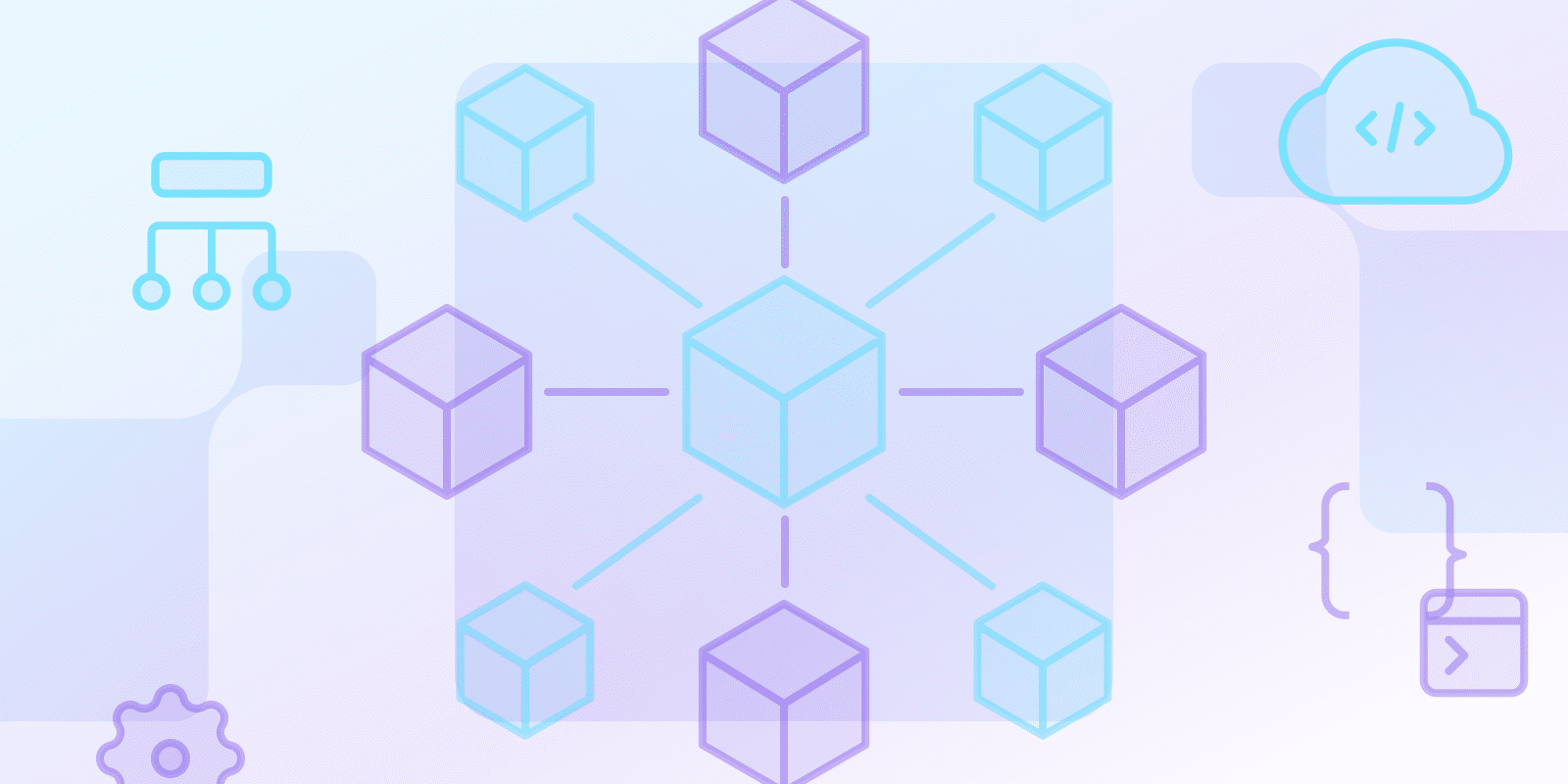Desenvolvimento nativo da nuvem
O que é arquitetura nativa da nuvem?

O que é arquitetura nativa da nuvem?
A arquitetura nativa da nuvem é uma abordagem de design especializada para construir e executar aplicativos em ambientes de computação em nuvem. Essa abordagem, como resultado, explora as características inerentes da nuvem de escalabilidade, elasticidade ou mesmo resiliência em detrimento potencial do controle de recursos, bem como da flexibilidade.
Os aplicativos nativos da nuvem são projetados para incorporar recursos que facilitam seu desempenho em ambientes de nuvem voláteis, incluindo recursos de resposta rápida e adaptabilidade a mudanças.
Adaptar aplicativos monolíticos não é totalmente viável, pois o processo pode exigir a reescrita de toda a estrutura como resultado da natureza do conceito para ambientes de nuvem. Em contraste, a arquitetura nativa da nuvem, que abrange microsserviços, é frequentemente considerada uma abordagem mais adequada para requisitos modernos do que a arquitetura tradicional.
Como o nativo da nuvem difere do monolítico?
A principal diferença entre a arquitetura nativa da nuvem e a monolítica está em como elas são estruturadas. Os aplicativos mono são projetados onde todos os elementos são integrados, enquanto os aplicativos nativos da nuvem são divididos em microsserviços de serviços vagamente conectados. Este método é caracterizado por sua natureza descentralizada, onde os serviços podem ser projetados, provisionados e dimensionados de forma independente, resultando potencialmente em maior adaptabilidade, utilização eficiente de recursos e uma arquitetura descentralizada.
| Característica | Arquitetura Nativa em Nuvem | Arquitetura Monolítica |
|---|---|---|
| Estrutura e Design | ||
| Organização de Componentes | Dividido em microsserviços | Todos os elementos integrados juntos |
| Acoplamento de Serviço | Serviços fracamente conectados | Componentes fortemente integrados |
| Modelo de Implantação | Implantação de serviço independente | Implantação de unidade única |
| Características Operacionais | ||
| escalabilidade | Escalonamento de serviço individual | Escalonamento de aplicativo inteiro |
| Gerenciamento de Recursos | Alocação dinâmica de recursos | Alocação fixa de recursos |
| Manutenção | Atualizações em nível de serviço possíveis | Atualizações completas do aplicativo necessárias |
| Desenvolvimento e Adaptação | ||
| Flexibilidade de Desenvolvimento | Alta (desenvolvimento de serviço independente) | Limitada (desenvolvimento coordenado) |
| Adequação ao Ambiente de Nuvem | Compatibilidade nativa | Requer adaptação significativa |
| Evolução da Arquitetura | Facilmente adaptável | Requer reestruturação completa |
Quais são as vantagens da arquitetura nativa da nuvem?
O uso da arquitetura nativa da nuvem também pode ter efeitos na escalabilidade, flexibilidade e modelo de despesas da empresa.
- Escalabilidade: Aplicações macro criadas a partir de microsserviços também podem ser dimensionadas adicionando ou removendo intencionalmente instâncias de serviços distintos dependendo das cargas de trabalho.
- Resiliência: Os aplicativos nativos da nuvem usam ‘isolamento’ e autocorreção para minimizar ou evitar o tempo de inatividade em casos de falha.
- Agilidade: Aplicações nativas da nuvem geralmente consistem em microsserviços que permitem seu desenvolvimento e implantação.
- Preço por uso: Na arquitetura nativa da nuvem, as organizações podem modificar a alocação de recursos com base no uso real, potencialmente impactando a otimização de custos.
Quais são as principais tecnologias envolvidas no desenvolvimento nativo da nuvem?
Existem várias tecnologias que são essenciais para o desenvolvimento nativo da nuvem.
- Microsserviços: Os aplicativos são divididos em componentes de granulação fina e acoplamento frouxo que interagem por meio de chamadas de API.
- Contêineres: Durante o CI/CD, todos os aplicativos de software e todas as suas dependências são segmentados em limites específicos para aprimorar a portabilidade da solução entre os ambientes.
- Orquestração: Alguns dos exemplos incluem o Kubernetes, que ajuda a gerenciar um cluster para executar aplicativos e implantar e dimensionar aplicativos em contêineres.
- DevOps: Apontar o conceito central de cooperação entre as equipes de desenvolvimento, operação e segurança para aumentar a eficiência da liberação de software.
- Integração Contínua/Entrega Contínua (CI/CD): Foca em automatizar e otimizar processos de desenvolvimento para permitir lançamentos mais frequentes e iterativos com feedback rápido, reduzindo a dependência de tarefas manuais.
Como o cloud-native impacta os pipelines de DevOps e CI/CD?
Estruturas cloud-native e práticas de DevOps geralmente correspondem às filosofias e objetivos uns dos outros. A disponibilidade de modularidade cloud-native para CI/CD otimização por meio de Automação leva à integração, teste e implantações recorrentes.
Essa combinação pode influenciar a duração do ciclo de feedback, a qualidade do software e a velocidade com que as soluções chegam ao mercado.
A combinação da abordagem nativa da nuvem e DevOps pode oferecer mais valor aos clientes em menos tempo e com menos custo, mas o resultado dependerá do estilo específico de adoção.
Conclusão
O desenvolvimento nativo da nuvem é, portanto, uma metodologia revolucionária para construir e operar aplicativos na nuvem. Implementar microsserviços, contêineres e orquestração juntamente com as práticas do DevOps pode influenciar esses fatores e o aumento ou estagnação da organização, além de se tornar à prova de falhas.
O desenvolvimento nativo da nuvem pode ser benéfico em termos de tempo de lançamento no mercado, bem como experiência do usuário e custos potenciais. Ainda assim, também traz alguns novos elementos que precisam ser considerados na jornada digital atual das empresas modernas.